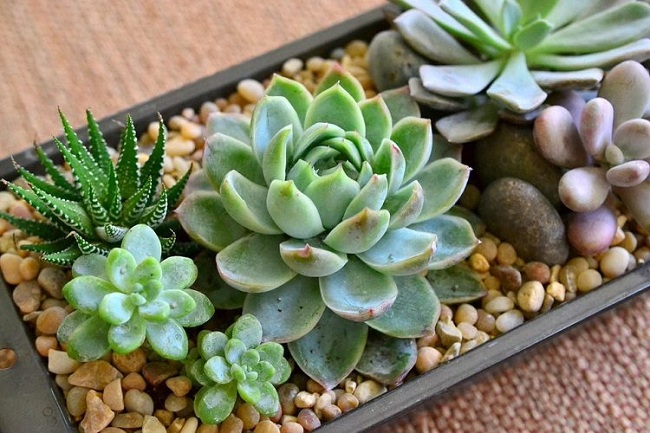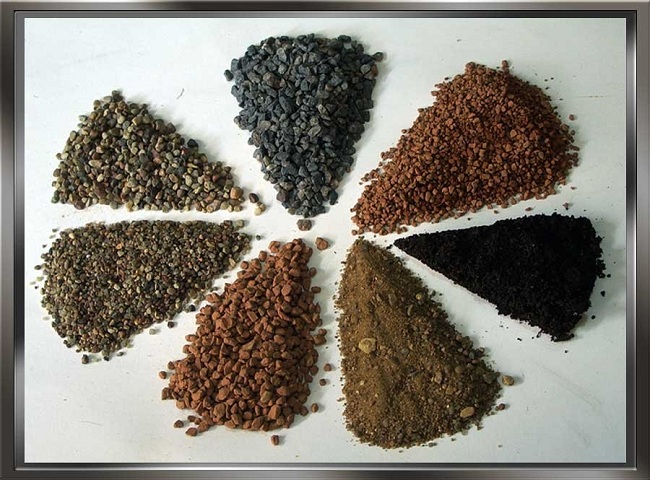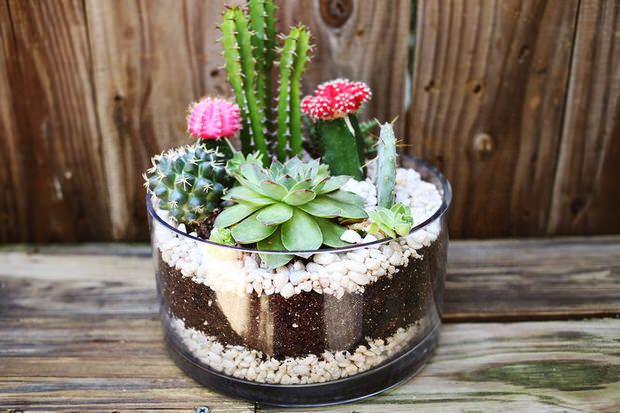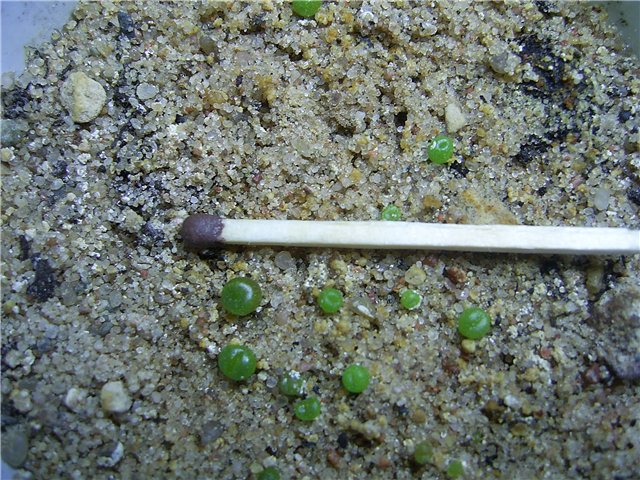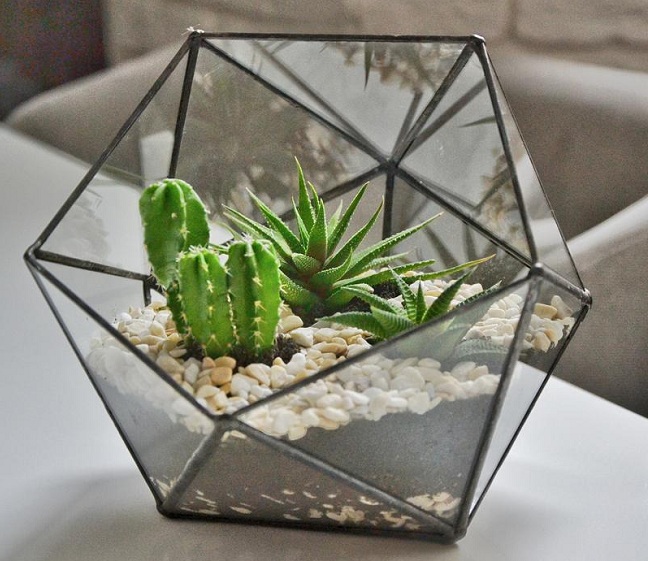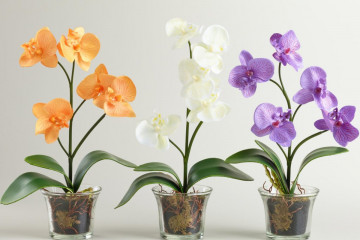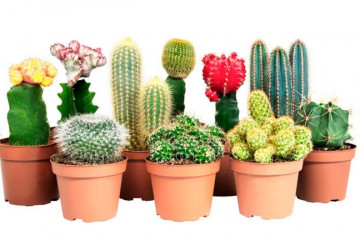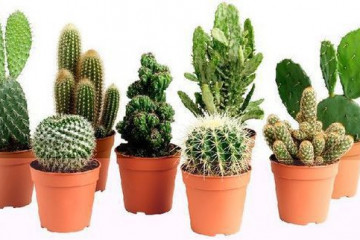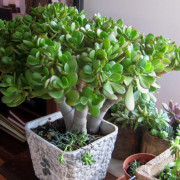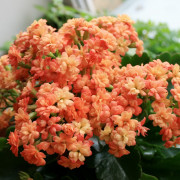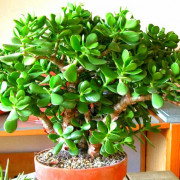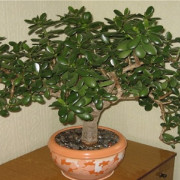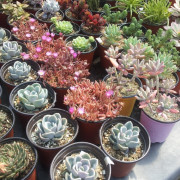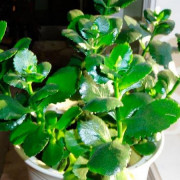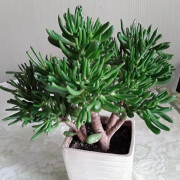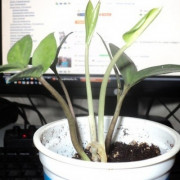Soil for succulents: transplanting and growing options
Content:
Succulents are unpretentious plants. They can go without moisture and nutrients for a long time. The soil for planting them must meet certain requirements.
Soil selection criteria
Many budding growers buy succulents in the store, not knowing how to grow them. After the purchase, it is important to know not only how to transplant the purchased succulent at home, but also what soil to use for this.
For growing succulents, you should choose loose soil that allows air and water to pass through well. Succulents grow in both neutral and acidic soil. The soil should not contain a lot of nitrogenous fertilizers, there should be enough mineral components.
What kind of land is needed for planting succulents can be determined by the requirements determined by the preferences of the plants:
- It should be light and loose. The water must pass quickly through it.
- Soil particles must provide air to the roots.
- The top coat should dry quickly.
When buying soil in a store, you need to pay attention to its composition. Depending on the type of succulents for planting, soil requirements differ.
The bulk of the purchased soil is peat. Most often, 2 types of it are mixed: riding and lowland. Peat has high acidity, so dolomite flour is added to the soil to reduce it.
DIY soil for succulents
You can prepare soil for growing succulents in pots with your own hands from ordinary universal purchased land. To make it more light, coarse sand, ceramic fragments and expanded clay should be added to it. To increase the acidity of the soil, peat is added to it.
Experienced flower growers recommend how to buy a ready-made mixture for growing succulents, and prepare the soil yourself. The main thing is to use the right ingredients and keep their proportions.
Required components
The soil for succulents can be prepared completely with your own hands. The main components of the soil for cacti and succulents are:
- leafy land,
- sod land,
- sand,
- pebbles or chips of red bricks.
Gravel can be used as soil for succulents. Depending on the size of the flowerpot, 3 types of pebbles are used:
- fraction 1-5 mm;
- fraction 5-10 mm;
- fraction 10-30 mm.
Interesting. Non-clumping cat litter "Barsik" can be used as soil for succulents. It consists of a fine fraction of zeolite. It should be added to gravel in a ratio of 1 to 10.
Substrate proportion
Depending on the root system of the plant, the proportions of the constituent components also change. If the root system is represented by superficial roots, then it is necessary to achieve increased lightness from the soil. The main components are mixed in the following proportions:
- 1 measuring cup of leafy earth;
- 1 measuring cup of turf soil;
- 1 measuring cup of sand;
- ½ measuring cup of sand or crumbs.
For plants with well-developed, fleshy roots capable of storing water, the ratios will be different. Only 3 components are required: 1 part of sand and leafy land, 1.5 parts of turf land.
When planting plants in a pot, you need to lay 3 layers:
- Drainage. Must be at least 1 cm.
- The main layer is from purchased soil or made by yourself. This soil layer should not reach the top of the pot by 2 cm.
- Drainage top layer. For it, pebbles, brick chips or expanded clay are used.
Succulent growing options
Lovers of desert plants often want to breed new species. But rarely, when you can purchase a cutting or part of a plant for propagation. Therefore, the question arises for lovers of exotic plants: "How to plant succulents?"
Vegetative propagation
You can grow succulents both from seeds and parts of a plant. Many types of succulents form daughter plants on stems. This occurs most often in cacti. It is possible to remove such a plant from the mother plant only after its complete formation. The signal for this is the gradual detachment of the bottom of the new plant from the stem of the mother.
Other types of succulents are propagated by cuttings or leaves. These plant parts can be planted almost immediately in succulent soil.
Many plants in hot and dry countries shed their leaves for propagation themselves. Crassula is one of these types. If a fallen leaf is left on the soil, then after a few weeks it will take root and a new plant will begin to develop.
It is better to plant succulents with cuttings in spring. At this time, they take root well and will get stronger over the summer.
From seed
Exotic species can only be grown from seeds. You can buy them both in a regular flower shop and order them from an online store.
It is possible to grow succulents from seeds, both following the recommendations of flower growers, and taking into account some of the features of the reproduction of cacti and succulents.
You can germinate seeds using a special container with a transparent lid. You can buy such a container in a store.
It is best to germinate succulent seeds in a mineral base: a mixture of gravel, sand and perlite. The seeds of plants such as aloe or gasteria are best sown in perlite.
After distributing the substrate in the pots, a thick sheet of paper is taken and folded in half. Seeds are poured into the formed fold and, slightly tapping on the folds, they are evenly distributed over the surface of the soil.
When all the seeds are distributed over the surface, they are sprinkled with a layer of sand of no more than 2 mm. In this way, you can plant succulents with both large and small seeds.
Crops are watered with settled water at room temperature. In order not to wash out the seeds, you need to water them by spraying from a spray bottle. After watering, the container is closed with a transparent lid or foil.
They begin to clean the greenhouse after the emergence of shoots. The hardening time is gradually increased and the cover is removed after the plants reach a size of 2 cm.
When growing succulents from seeds, be patient. Each species has a different germination time. Some seeds germinate after 90 days. All this time, the soil must be kept moist.
New seedlings can be planted after the seedlings are strong and at least 5 cm in height. Some species take several months to do this, others a year.
Home care
When growing succulents, you should distinguish between winter and summer care. In the warm season, plants should be watered no more than twice a week.At this time, the plant is actively growing, so regular feeding is needed. In winter, watering is reduced to twice a month, feeding should be stopped altogether.
In winter, for greater illumination, it is better to place the pots with succulents close to the glass. This will help lower the temperature of the content by 2-3 C and increase the illumination of the plant.
Succulents can be transplanted in both spring and summer. Inspection of succulents will help determine the need for a transplant. The following signs will indicate the need for this procedure:
- There is a gap between the pot and the soil.
- Roots emerged from the drainage holes.
- The size of the plant exceeds the volume of the flowerpot.
At home, both a professional and a beginner can transplant succulents. The transplant must be carried out by observing the following steps:
- For transplanting succulents and cacti, a pot, soil, drainage and hand protection are prepared. In addition to gloves, it can be styrofoam or thick cardboard.
- About a week before transplanting, the plant is stopped watering.
- If the succulent is healthy, then it can be transplanted using the transshipment method. If it is necessary to inspect the roots, the dried soil is carefully removed.
- The plant is placed in a new pot and covered with substrate. After watering, the top layer is covered with pebbles or expanded clay.
To provide exotic species of succulents with an optimal microclimate, they can be planted in special florariums. These are special glass or transparent plastic vessels with a narrow neck. Often it is closed with a cork. Quite often they are equipped with a heating and lighting system.
When creating a succulent composition, you need to choose plants from the same area. They should have a similar watering regime and need for lighting. If this rule is not taken into account, then the plants will quickly die.
The correct approach and adherence to the rules of care will help to grow not only familiar plants at home, but also surprise guests with plants from other countries. By combining succulents of different shapes and colors, you can create a beautiful composition that will decorate your home.
